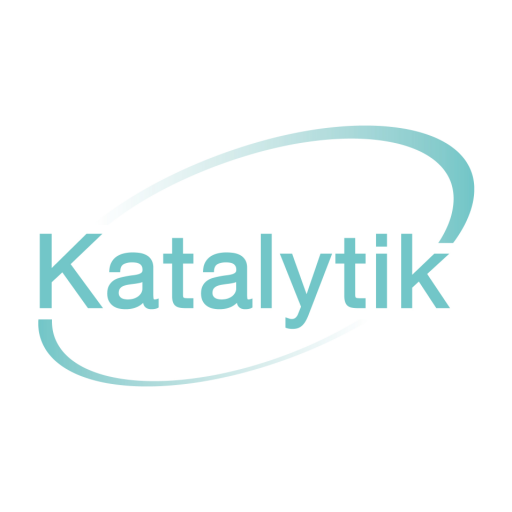Sometimes our internal people management systems don’t align. Maybe your organization has introduced strengths locally but still operates a competency-based system. And here you are, trying to work with strengths and what’s right with people while filling out forms identifying areas for development.
Originally published on CliftonStrengthsCoaching Blog in January 2017
One of the most telling times for alignment between your practice and your organization is the formal review, often happening annually. In most organizations, the intent to take a strengths perspective in the review might be there, but the slope toward ”areas for development” and ”what went wrong” can be slippery. Here are a few ideas to help you prepare, stay focused and be purposeful about continuing to embed strengths into your workplace, especially through the performance review cycle.
1. Stay in close contact with team members. On The Day there should, quite literally, be no surprises. As a manager, you should be continually engaging in ongoing dialogue with your team, building relationships, providing feedback and nudging people on to ever better performance.
2. Make CliftonStrengths an added value to existing, required review processes. Avoid trying to map strengths onto the competencies you must work with, as defined by HR. Our CliftonStrengths themes don’t describe what we do, but how — and perhaps why — we do it. Your themes are a platform for discussing how you get work done in the way truest to you, a means of mastering specific outcomes.
3. Acknowledge the application of strengths to real situations. To help you see your teams’ development through a strengths lens, consider the following areas in advance:
- What outputs are/were you looking for?
- What do/did you want them to achieve and when?
- How will they/did they achieve it?
- Which talent theme has or would the team member apply?
- Note how the team member has used talent themes effectively and be generous with praise and recognition.
4. Focus conversations around people being the best they can be to determine how they can contribute in the best way possible. Ask:
- What’s the corporate need?
- What are the individual’s personal desires?
- What is the individual’s personal motivator?
- Is the person a self-starter?
Then have that creative discussion — “How would YOU do that?” — and appreciate that it’s probably very different from how you would do it yourself.
5. Explore theme interactions. When talking about partnerships, collaborations and influence, raise the question, “Who would you work best with, and why?” Then explore: “How can you build a relationship, influence or work better with person X?” For example, if you have Achiever toward the bottom of your 34 themes but a colleague has it at number 1, how can you work together successfully even though achievers are typically annoyed by those whom they may perceive to be “slackers”? Try building a relationship with them by working alongside — and work hard too. Acknowledge their work ethic and how they like to be busy. In team meetings or over lunch, encourage curiosity among your team to think, and talk, about what they each contribute and need to help them be their best.
6. Have a positive conversation. Focus on what was done well, explore how it was done and what it felt like, and ask ”How can we do more of that (the good stuff)” or ”How can we use talent themes to approach the not-so-good stuff differently?”
7. Define performance outcomes with team members individually. This can help you take an individualistic approach. Determine the outcomes, let them decide with your help the best way to achieve them and then integrate them into the review form.
8. Consider developing targets and goals that specifically invest in talent themes. As everyone’s knowledge around strengths grows, it becomes easier to think of and acknowledge someone’s preferred style of thinking, feeling and doing by asking the right kinds of questions and ways of appreciating the person. It brings a whole new vocabulary to enrich conversations. When you’re figuring out goals for the next period, ask:
- In an ideal world, what would you like to do more of, and what would you like to do less of?
- How are you going to apply your natural talents to this?
9. Increase ongoing visibility of strengths in the workplace. It’s crucial for you, and your peers, to verbalize your commitment to strengths, taking opportunities to share thoughts on what using a strengths approach means to your organization or team, or to ask strengths-based questions that are relevant to each theme. Also, consider sharing one or more links to short videos or quotes that offer strengths insights.
10. Support the underperforming with coaching support. Invest in your underperforming, demotivated team members by getting them a personal strengths coach to help them “shine a light on what is right.”
Strengths make a difference in the workplace in many ways. Incorporating them into daily work and highlighting them at review time can make a positive impact on your team and business. The outcomes of introducing strengths into talent and performance management are volume growth of sales, profitability and people development. If your HR systems aren’t yet aligned with strengths, do the best you can and make sure as a manager you are laser sharp in using your own themes to complement and benefit your teams.
Read this an similar blog articles on coaching at coaching.gallup.com

